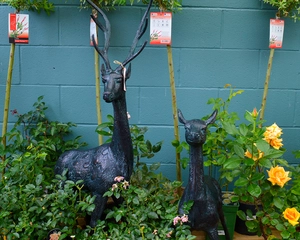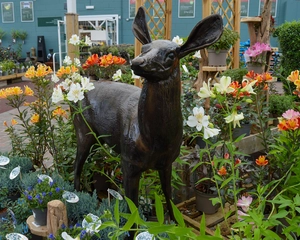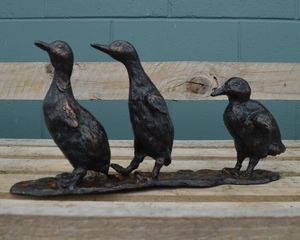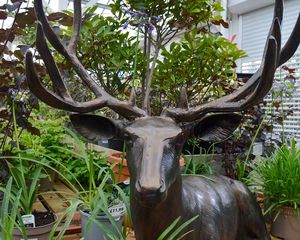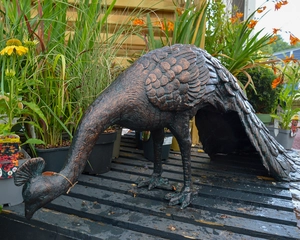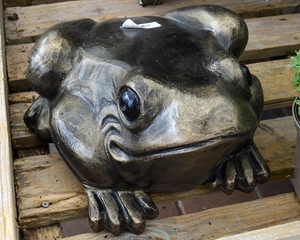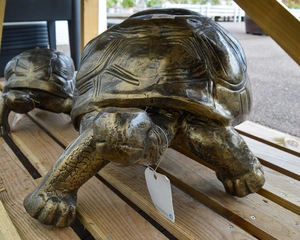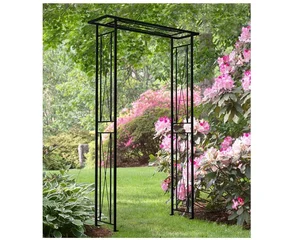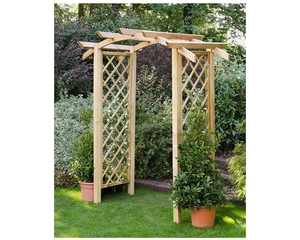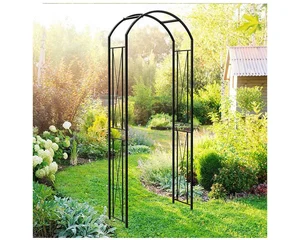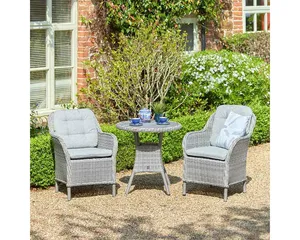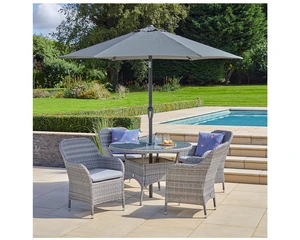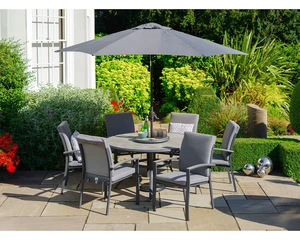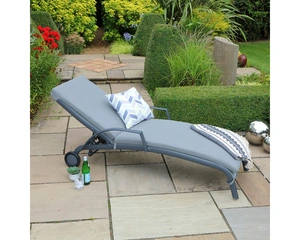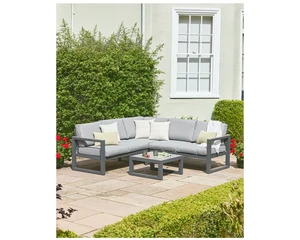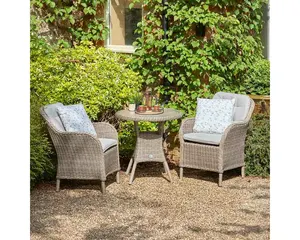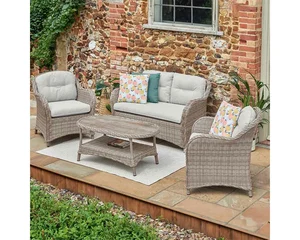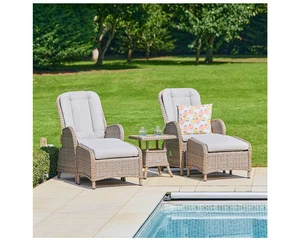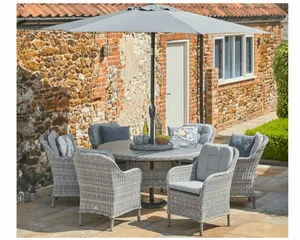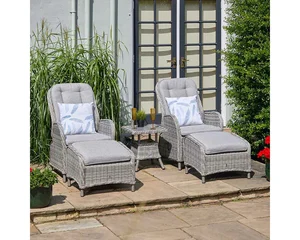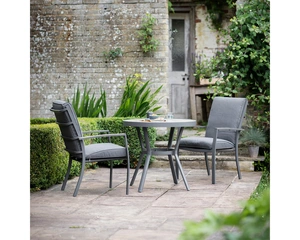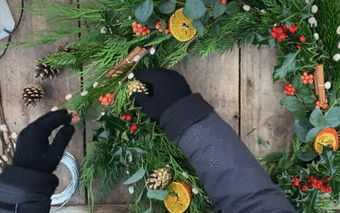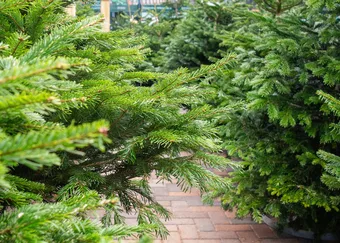Creating The Perfect Feature Garden
Getting started on planning a garden with art within it can be daunting, but it doesn't need to be! We are on hand to help with our guide on creating a feature garden, complete with how to identify the style of garden you are looking to make!
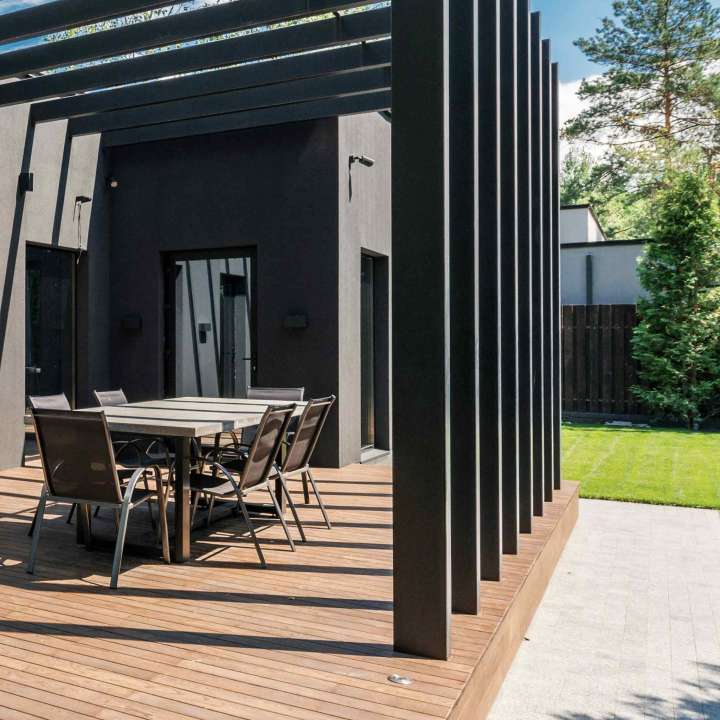 |
| A Dimensional Styled Garden |
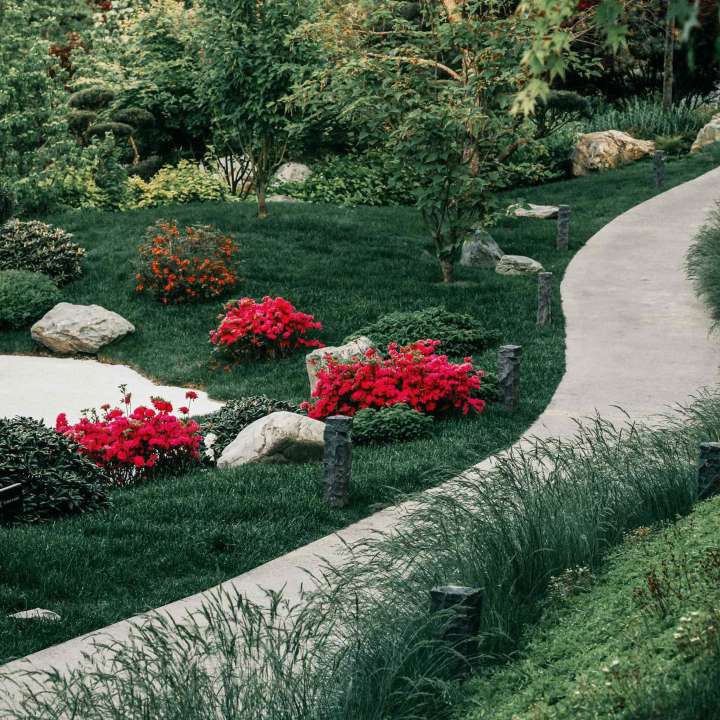 |
| A Organic Styled Garden |
Getting Started
You want to have a flow in your garden; after all, gardens are where we choose to unwind. Take a moment and look at your garden. How would you describe it?
Dimensional Gardens are sleek and linear. They may have square plant beds or raised planters. Pathways are straight; instead of a curved corner, they may feature a more angular corner. These gardens may feature topiary or hedges. Everything likely feels contained and regimented; these gardens have a modern edge.
Prompt: When you describe your garden, would you use your hands in a more linear motion, making squares, rectangles and angles? Does your garden look like everything was placed there intentionally? Then, you may have a dimensional garden.
Organic Gardens are free-flowing, with little to no sharp lines within them. They might feature wildflowers flowing from the flower beds or climbing plants cascading up trellises, outbuildings, and homes. Paths may weave through the garden.
Prompt: When you describe your garden, would you use your hands in a flowing motion? Does your garden look like it may have “just grown that way”? Then, you may have an organic garden.
Decide On The Effect You Would Like: Harmonious Garden
Harmony: Harmony is created by leaning further into your established garden feel. When looking at a garden with good harmony, your eye is encouraged to flow through it rather than land in a specific place.
If you have an organic garden, you may want to consider sculptures for your plant beds. This will make the sculpture feel like it has always been there, complementing your garden's established theming and encouraging the existing garden's natural flow. Sculptures of animals suit this best, as they would be “found” in a natural environment.
When working with a dimensional garden, consider sculptures with sharper edges and more geometric elements to create harmony. These gardens can handle large sculptures, as they have more visual weight. The harmony comes from the sculpture complementing and aligning with the sharp edges of the plant beds, planters, and path edges.
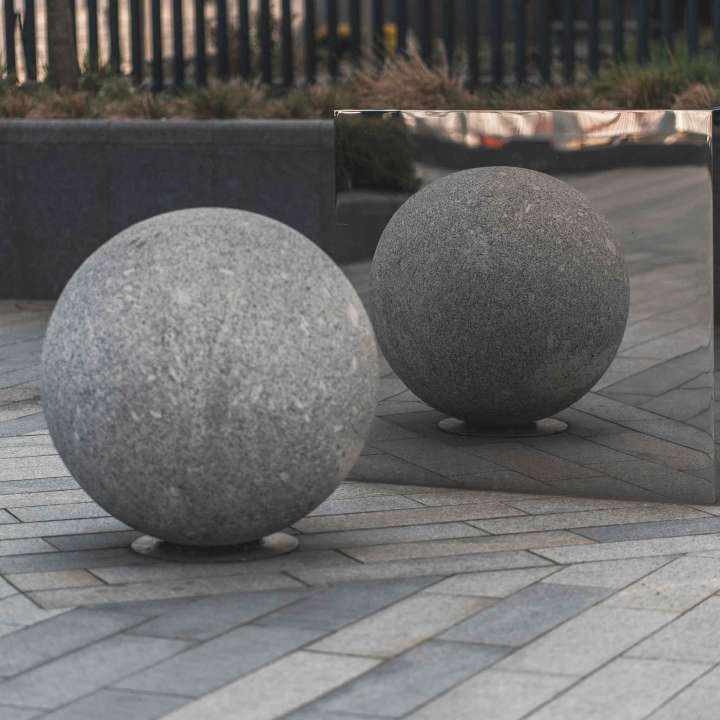 |
| A Harmonious Dimensional Styled Garden |
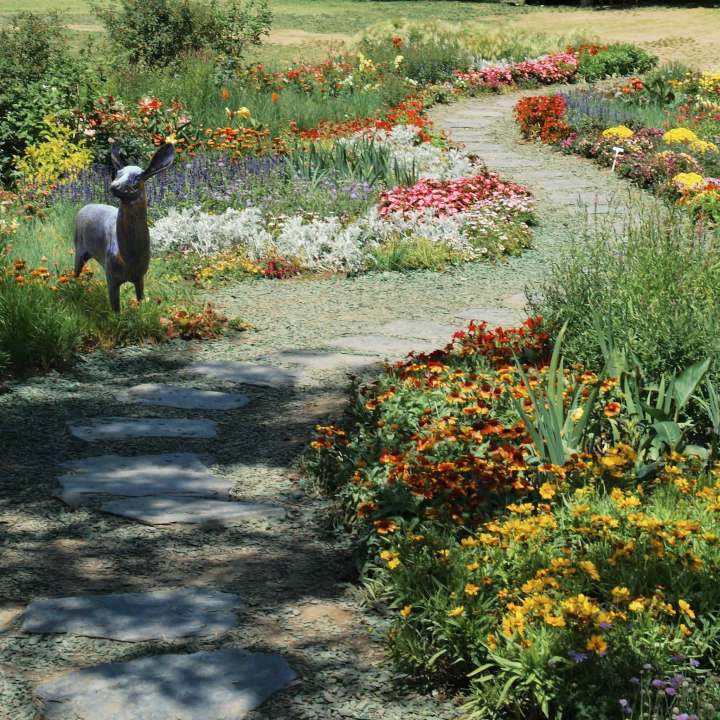 |
| A Harmonious Organic Styled Garden |
Decide On The Effect You Would Like: Contrasting Garden
Contrast: Contrast is created by going against the established feel of your garden. This is used to create key focal points within the garden. The eye will be led straight to the area of contrast and then follow through to the rest of the garden.
If you have an organic garden, look for geometric sculptures to create contrast. Large sculptures will work well to create contrast in an organic garden as they will break up and stand out against the weaving plant’s natural lines and colours.
For a dimensional garden, you can create contrast by using more delicate sculptures. Sculptures of animals work well for this as they occur in nature, whereas straight lines often do not. Dimensional gardens have a lot more visual weight as they incorporate structure. A large wildlife sculpture, such as our Stag sculptures in these gardens, works well to create contrast.
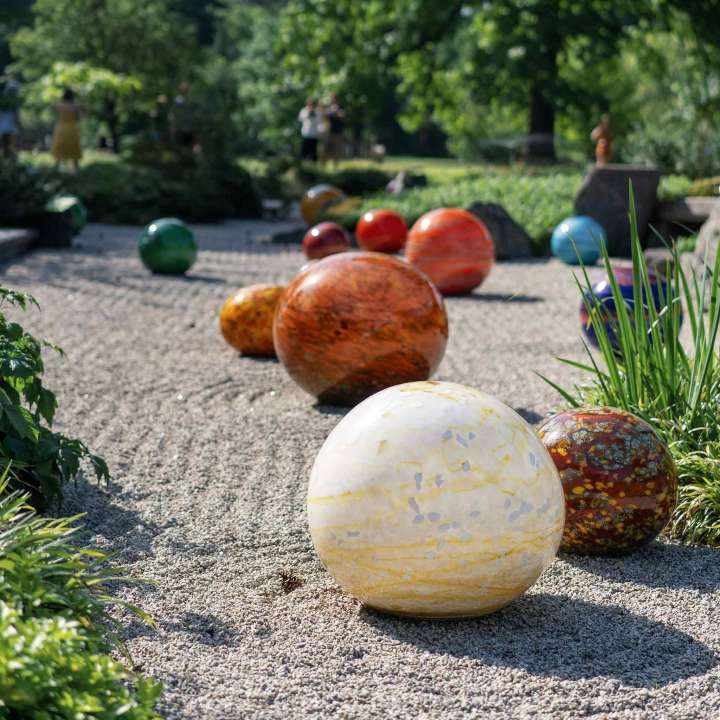 |
| A Constrasting Organic Garden |
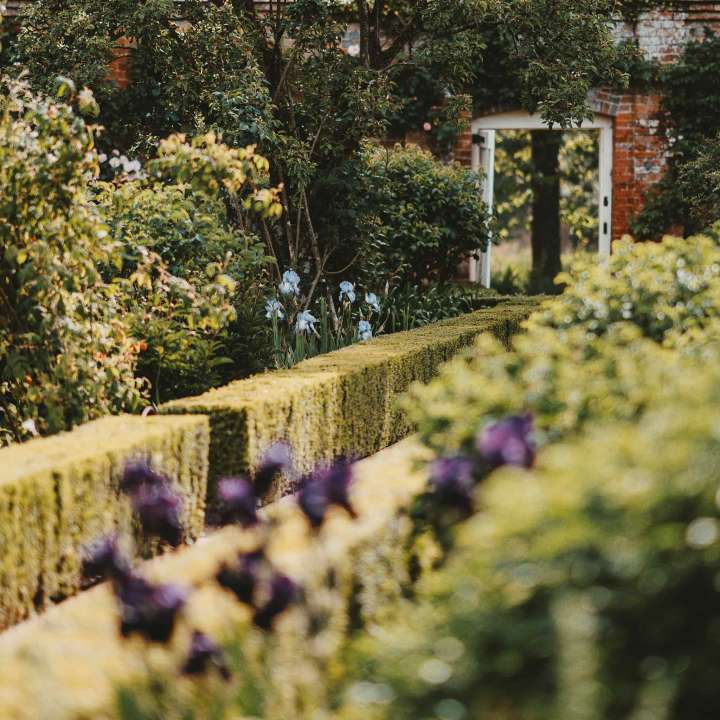 |
| A Contrasting Dimensional Garden |
 |


